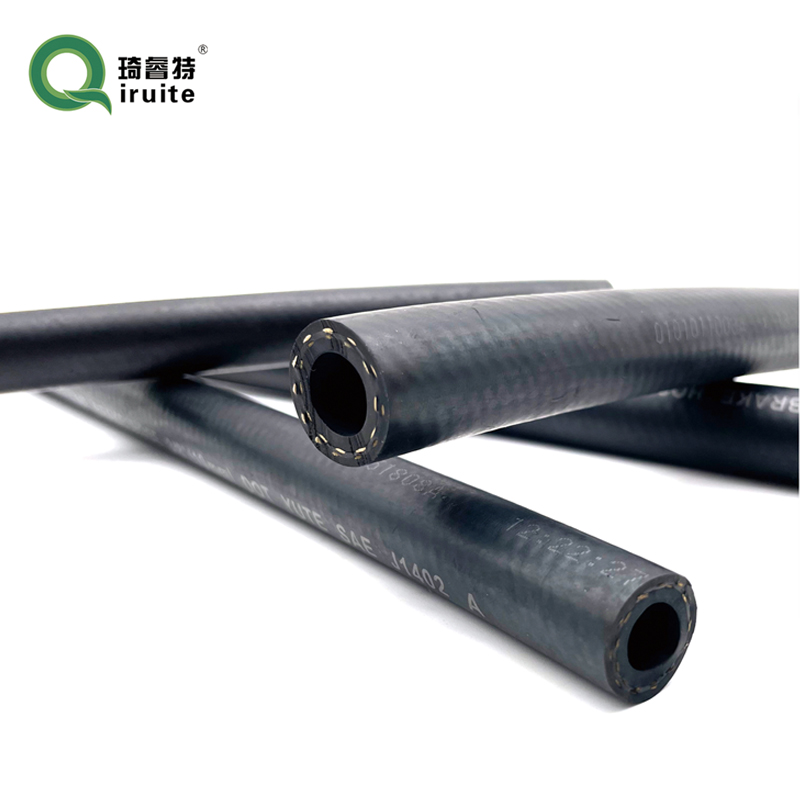car air conditioner vent hose
Understanding Car Air Conditioner Vent Hoses Importance, Maintenance, and Replacement
The air conditioning system in a vehicle plays a crucial role in ensuring passenger comfort, especially during sweltering summer days. One key component of this system is the air conditioner vent hose, which facilitates the circulation of conditioned air within the cabin. In this article, we will explore the importance of the vent hose, how it works, common maintenance practices, and when to consider replacement.
Importance of the Air Conditioner Vent Hose
The vent hose is designed to transport cold air produced by the air conditioning unit to various areas inside the vehicle. This not only enhances comfort for passengers but also improves air quality by circulating fresh air. Proper functioning of the vent hose is essential for an efficient air conditioning system. If the hose is damaged or clogged, it can lead to inadequate cooling, increased energy consumption, and even potential damage to the air conditioning unit itself.
How the Vent Hose Works
The air conditioning system starts with the refrigerant, which absorbs heat from inside the vehicle and releases it outside. After the air is cooled, it is directed through the air conditioning system’s evaporator core and into the vent hoses. These hoses are strategically placed to ensure optimal airflow to passengers in different seating positions. Often made from durable materials that can withstand temperature and pressure variations, the vent hoses are engineered to maintain their shape and functionality under various conditions.
Common Maintenance Practices
To ensure the long lifespan and optimal performance of the air conditioning system, regular maintenance of the vent hose is crucial. Here are some key practices
1. Visual Inspections Regularly inspecting the vent hoses for signs of wear, such as cracks, tears, or disconnections, can help identify issues before they exacerbate.
car air conditioner vent hose

2. Cleaning Over time, dirt and debris can clog the vent hoses, impeding airflow. Cleaning the hoses periodically can improve performance and air quality.
3. Loss of Airflow If airflow from the vents seems weak, it could indicate a blockage in the vent hose or a problem within the air conditioning system. Addressing these issues early can save on more extensive repairs later.
4. Refrigerant Level Checks Ensuring that the refrigerant levels in the system are adequate is essential for proper cooling. Low refrigerant can lead to increased strain on the vent hoses.
When to Replace the Vent Hose
Despite proper maintenance, there may come a time when the vent hoses need replacement. Signs that it’s time for a replacement include
- Visible Damage Cracks, holes, or significant wear that compromise the ability of the vent hose to transport air efficiently.
- Reduced Airflow A noticeable reduction in airflow, even after cleaning and checking the air conditioning system, may signal that the vent hose has become ineffective.
- Unpleasant Odors If you notice musty or foul odors emanating from the air conditioning system, this could indicate mold or mildew buildup in the vent hoses, warranting replacement.
In conclusion, the car air conditioner vent hose is a vital component of your vehicle’s air conditioning system. Regular maintenance can extend its life and ensure efficient performance, but knowing when to replace it is equally important. By paying attention to the condition of the vent hose, you can enjoy a comfortable and pleasant driving experience, no matter the weather outside.
-
Ultimate Spiral Protection for Hoses & CablesNewsJun.26,2025
-
The Ultimate Quick-Connect Solutions for Every NeedNewsJun.26,2025
-
SAE J1401 Brake Hose: Reliable Choice for Safe BrakingNewsJun.26,2025
-
Reliable J2064 A/C Hoses for Real-World Cooling NeedsNewsJun.26,2025
-
Heavy-Duty Sewer Jetting Hoses Built to LastNewsJun.26,2025
-
Fix Power Steering Tube Leaks Fast – Durable & Affordable SolutionNewsJun.26,2025

